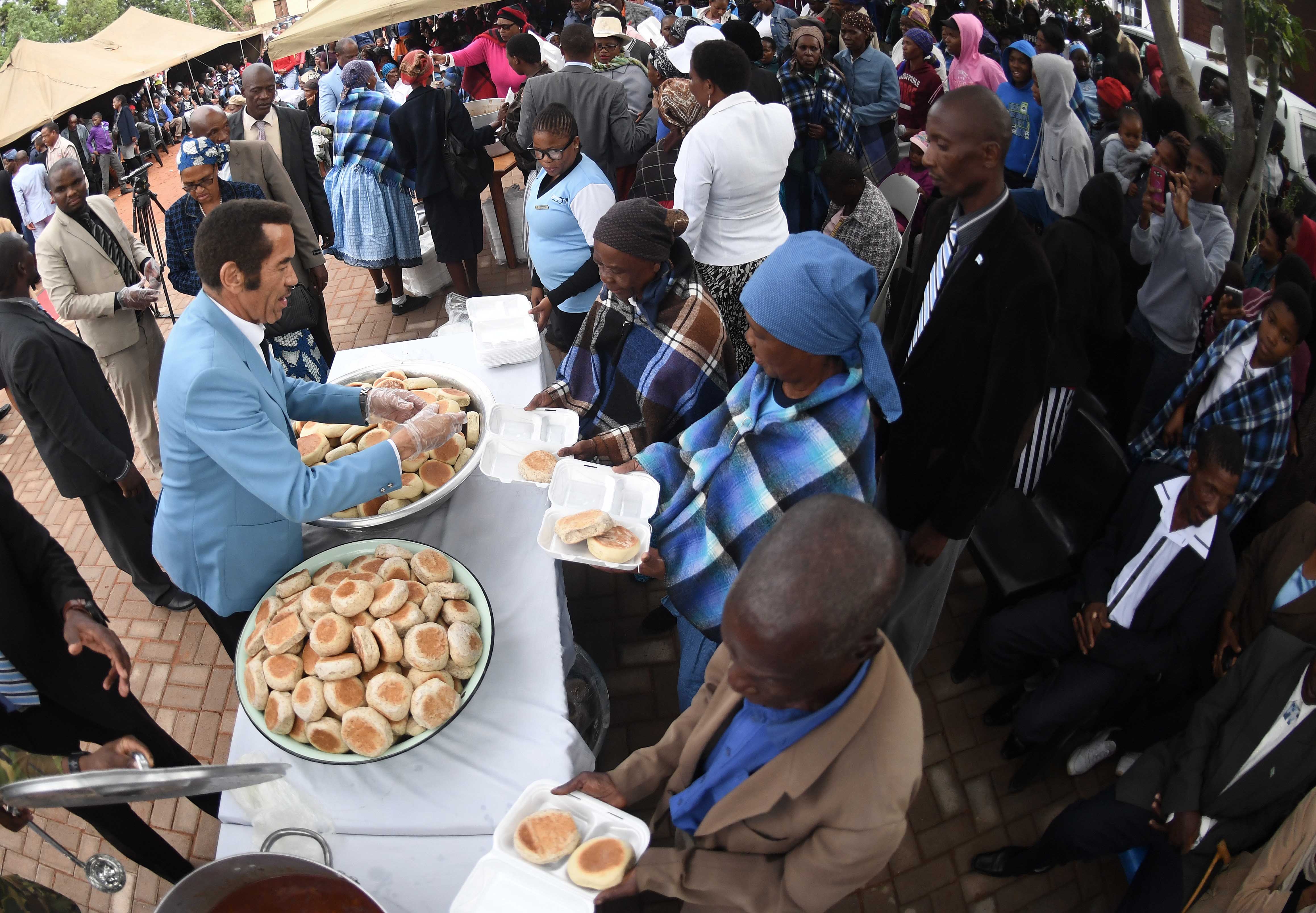Chedza Mmolawa
A study on poverty in Botswana shows that the gap between the rich and the poor has increased over the past 10 years. 2016/2017 statistics show that inequality between the rich and poor in towns has gone from 0.51 per cent to 0.58 per cent , while the margin has gone from 0.43 per cent to 0.48 per cent in rural areas. This was revealed during the NGO Council national stakeholder forum held recently in Gaborone where the Permanent Secretary of the Office of the President, Montshiwa Montshiwa voiced his concern over the increasing gap.
According to statistics Botswana’s Gini Coefficient index, household income and expenditure survey (HEIS) done in 2002/3 shows that the gap was 0.57 nationally, while the Botswana Core Welfare Indicators Survey (BCWIS) shows that the gap was 0.49 in 2009/10 and the Botswana multi topic household survey (BMTHS) reflected 0.52 in 2016. The Gini Coefficient index is a measure that shows the level of disparity in income or wealth distribution between the rich and poor in a nation. The Gini Coefficient ranges from Zero to One, where one means that there is complete inequality while zero means that there is complete equality.
He said this is one of the factors that attributed to his office coming up with an NGO policy to help combat this problem. Montshiwa said they traveled the whole country consulting with relevant stakeholders such as, dikgosi, government employees, district commissioners, council secretaries and so forth. He said their main focus was re-evaluating the Poverty Eradication programme because his office has failed over the years to strategically contain issues of poverty in Botswana.
Montshiwa said even though poverty levels in Botswana have gone down, there are still burning issues when it comes to the welfare of many who are still impoverished. The national poverty rate has gone down from 19.3 per cent in 2010 to 16.3 per cent in 2016. Montshiwa said poverty in Botswana is multifaceted and should be broken down categorically.
“Poverty in towns has gone up, maybe because people in rural areas have now moved to the cities to look for employment. Figures show that poverty in towns has gone from 8.6 per cent to 9.4 per cent by 2016. We have also realized that women are more affected than men,” he said. Botswana uses the Poverty Datum Line (PDL) and the Dollar a Day methods to measure poverty. The PDL is the minimum basket of goods and services deemed necessary and adequate to meet basic needs for households/individuals. The goods and services in this basket include food, clothing, personal items, household goods and shelter. PDL considers an individual by age, sex, location and market prices and total consumption or income (expenditure, Aid, wages in-kind, gifts received, school meals).
Montshiwa said the biggest mistake they continue to make when it comes to the poverty eradication programme is that they provide food relief packages to people who do not qulaify and leave behind the really needy ones. “We were uncoordinated at the Office of the President, so imagine how uncoordinated other smaller departments and ministries were,” he said. He added that they still have a backlog when it comes to implementation, and face challenges of packaging food parcels in areas where there is no electricity which means there will be a delay in the process of distributing the necessary aid.

